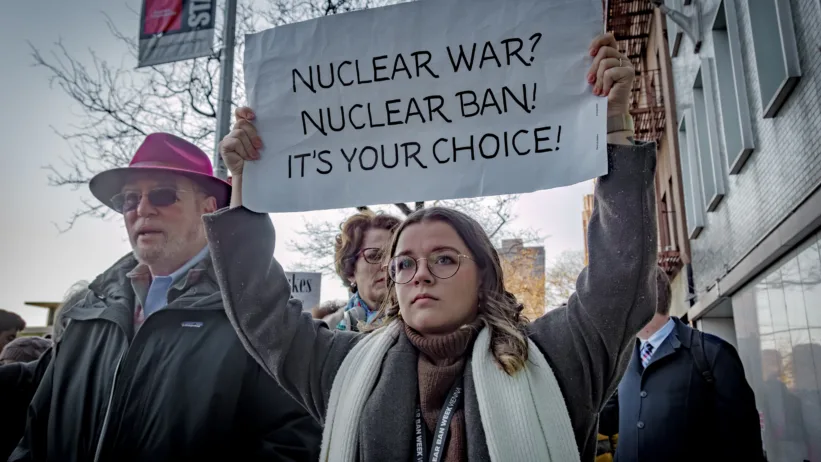VIDEO: The world's nuclear arsenals at the beginning of 2025
VIDEO: The status of the TPNW at the beginning of 2025
The 2024 report is now out!
The 2024 edition of the Nuclear Weapons Ban Monitor was launched on 4 March, during the Third Meeting of States Parties to the Treaty on the Prohibition of Nuclear Weapons (TPNW) at the United Nations in New York.
Read and download the report in the app below, for the latest assessments of all states' nuclear-weapons-related policies and practices in relation to the TPNW, and analysis of the progress in universalisation of the TPNW and the other global treaties in the legal architecture for disarmament and non-proliferation of weapons of mass destruction.
Country-specific assessments can be found in the state profiles on this website.
Press release 4 March 2025: The number of nuclear weapons ready for use continues to increase
The number of nuclear weapons available for use has increased from 9,585 at the beginning of 2024 to 9,604 at the beginning of 2025.
02 Mar 2025
News
More news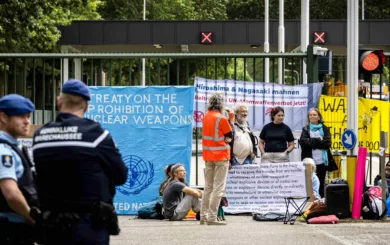
Press release 30 July 2024: "Europe a major obstacle to nuclear disarmament"
45 states engage in activities that are not compatible with the TPNW. Of those, 70% are European states.
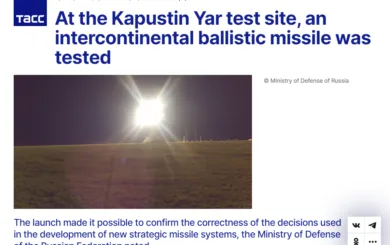
Is Kazakhstan assisting Russia’s nuclear-weapons programme?
Russian media have reported that on 11 April 2023 Russian forces launched an intercontinental ballistic missile (ICBM) from Russian territory (Astrakhan) with a training warhead that hit a mock target at the Sary-Shagan test site in Kazakhstan. This raises questions regarding Kazakhstan’s compliance with the Treaty on the Prohibition of Nuclear Weapons.

Nuclear Weapons Ban Monitor 2022 is out
As fear of nuclear war surged to the highest levels since the Cold War in 2022, the global arsenal of nuclear weapons available for use by the armed forces of the nine nuclear-armed states has increased, shows the latest edition of the Nuclear Weapons Ban Monitor, which was launched on 29 March 2023. See the key findings and download the report here.

Call for tenders: Researchers for the 2022 edition of the Nuclear Weapons Ban Monitor
Norwegian People’s Aid (NPA) calls for tenders for senior research consultancy services for the production of the 2022 edition of the Nuclear Weapons Ban Monitor. The scope of the services sought are 5-10 consultancies for up to 400 hours each in the period November 2022-March 2023, depending on the combination of the qualifications and availability of the chosen bidders.
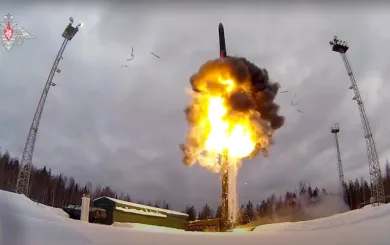
Russia and the prohibition on threatening to use nuclear weapons
Stuart Casey-Maslen has written an insightful blog for the Nuclear Weapons Ban Monitor about the statement by Dimitri Medvedev on 27 September 2022 that Russia had the right to defend itself with nuclear weapons if pushed beyond its limits, including to defend annexed territory in Ukraine, and that this was “certainly not a bluff”. Medvedev's statement raises interesting—as well as disturbing—questions under international law.
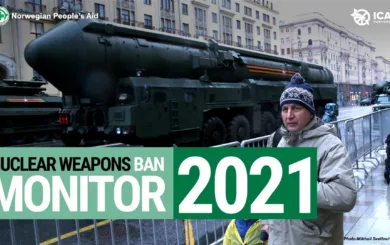
Stockpile of nuclear weapons available for use is increasing
The nine nuclear-armed states had a combined arsenal of 12,705 nuclear warheads at the beginning of 2022.

